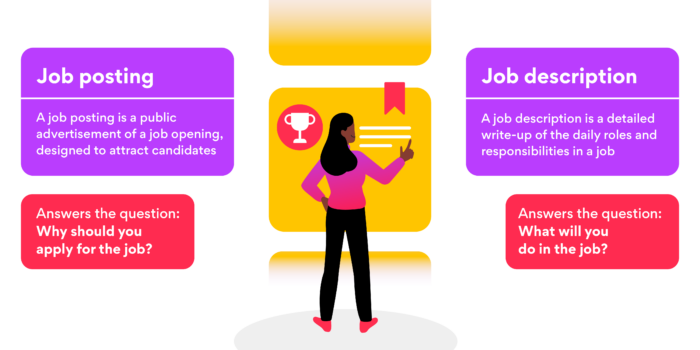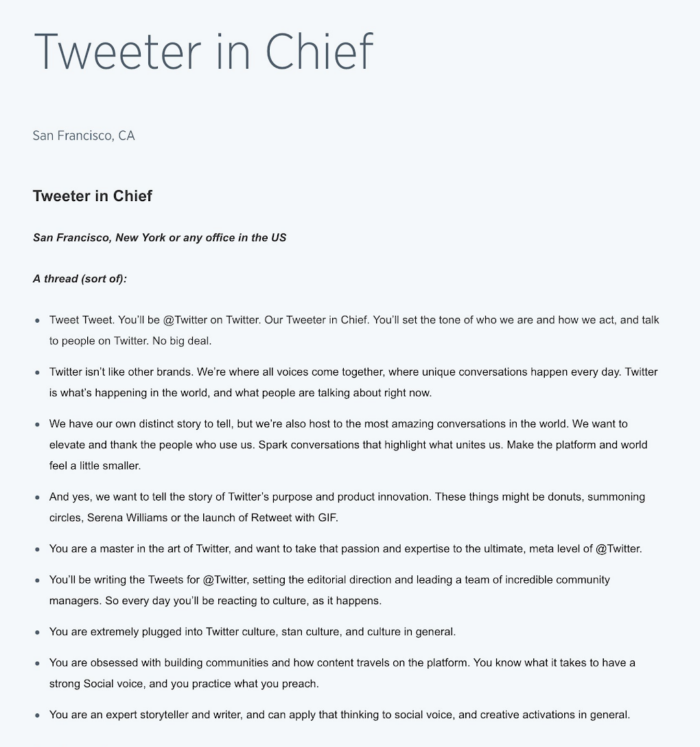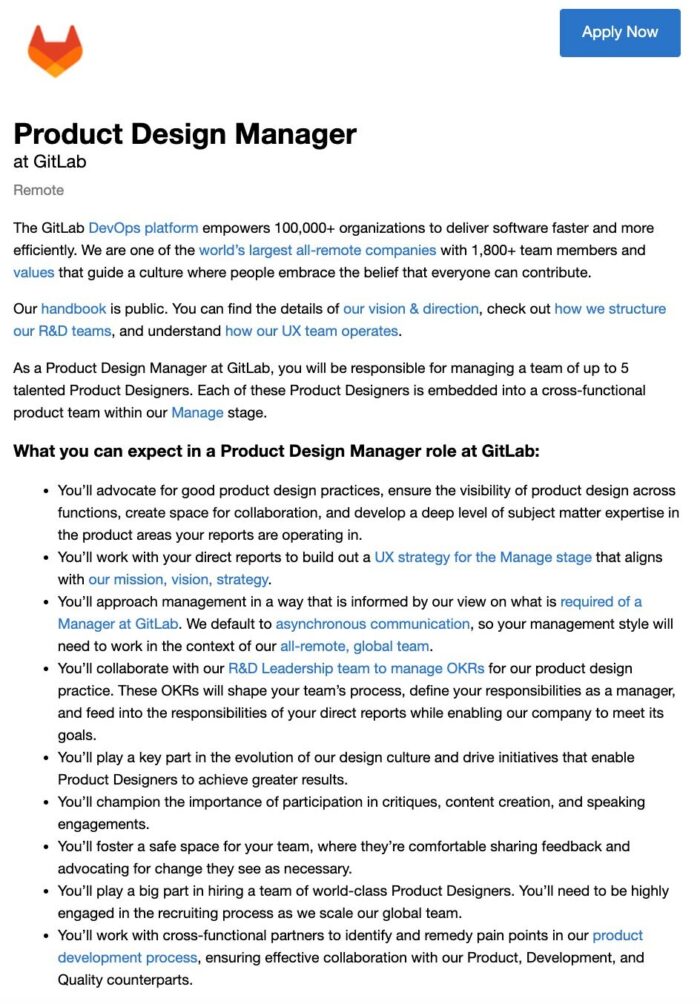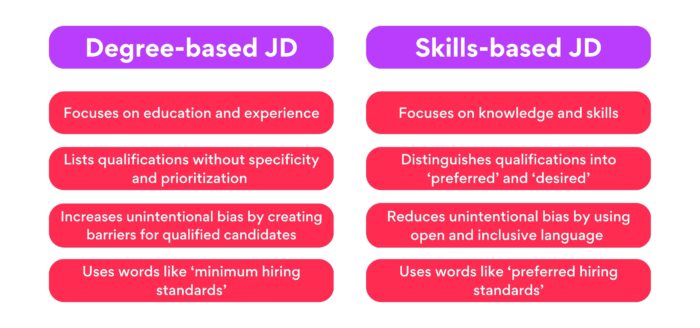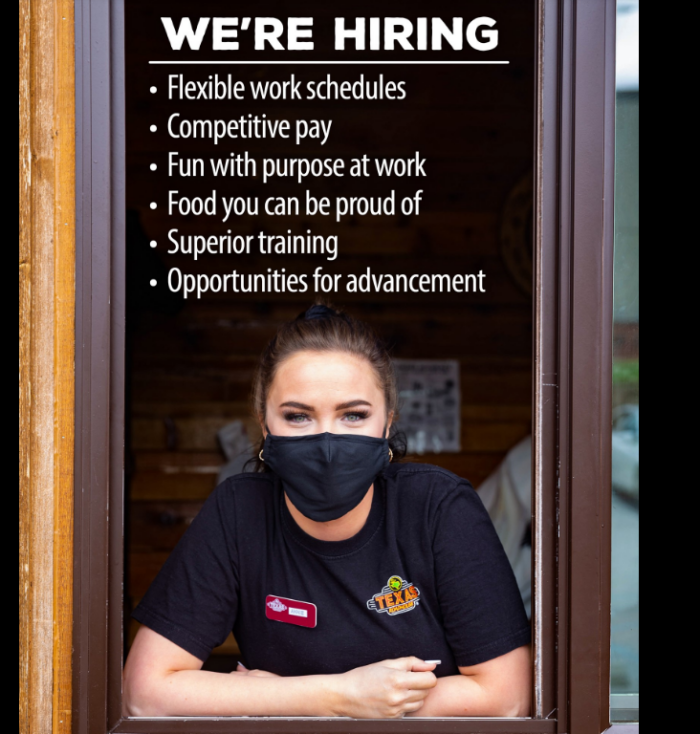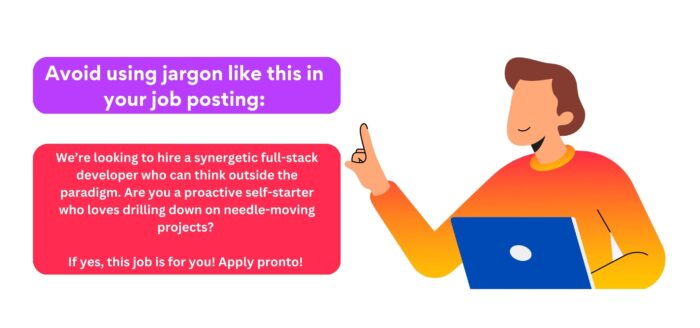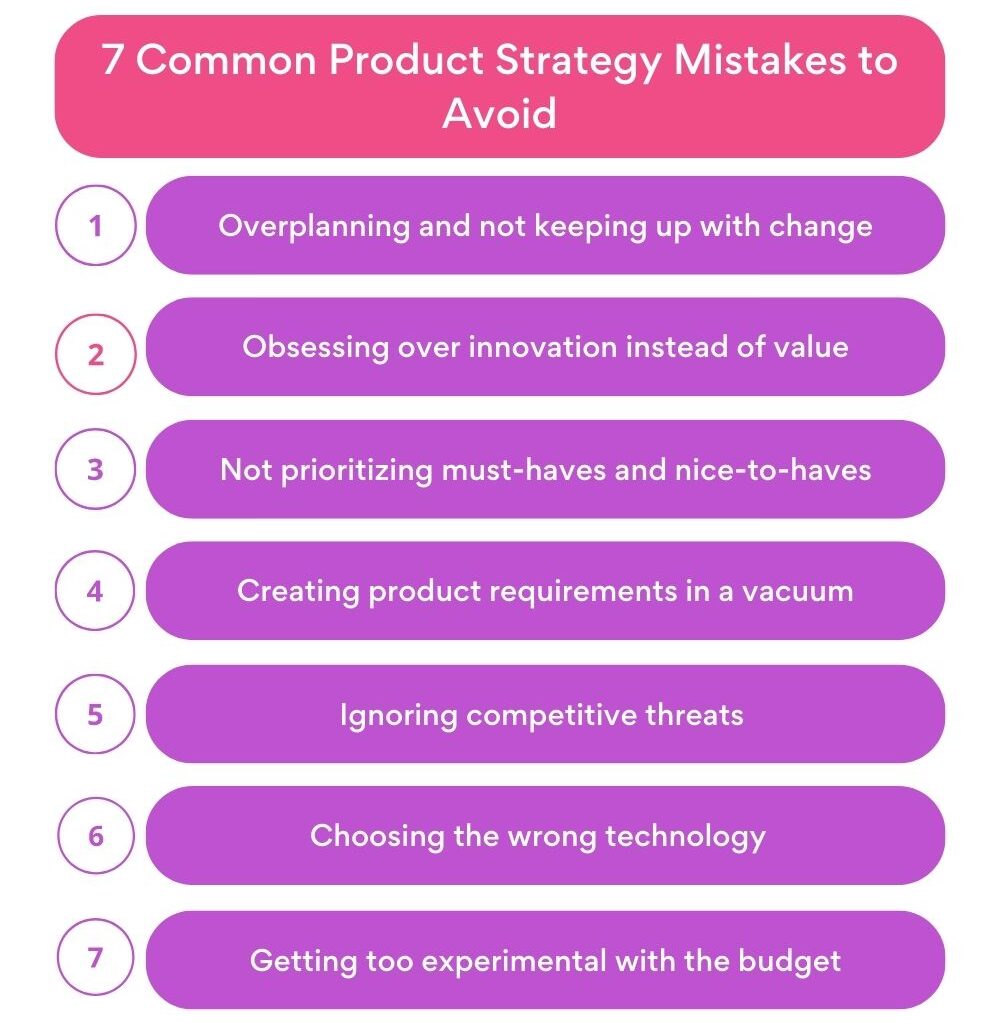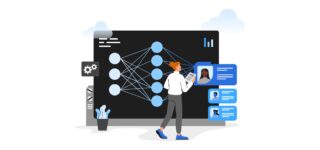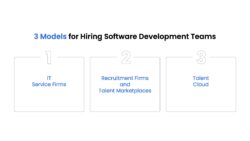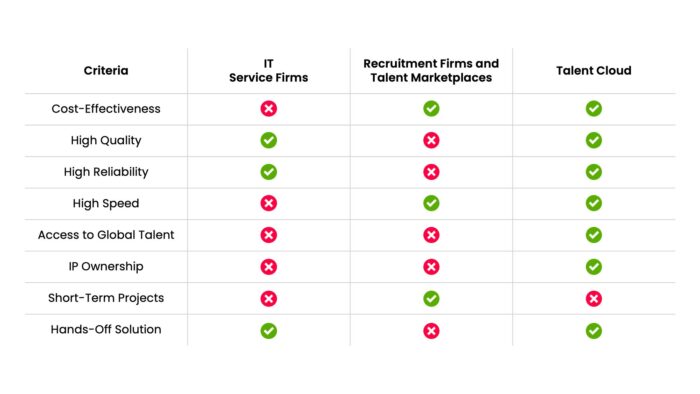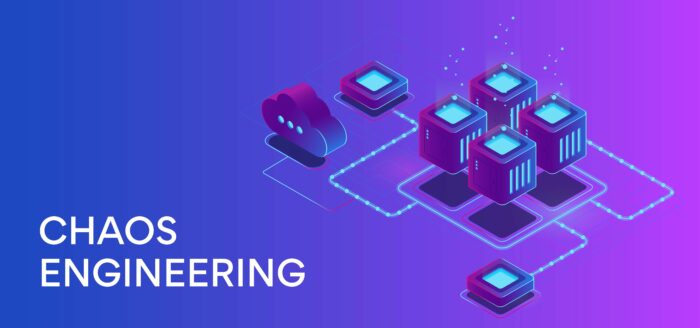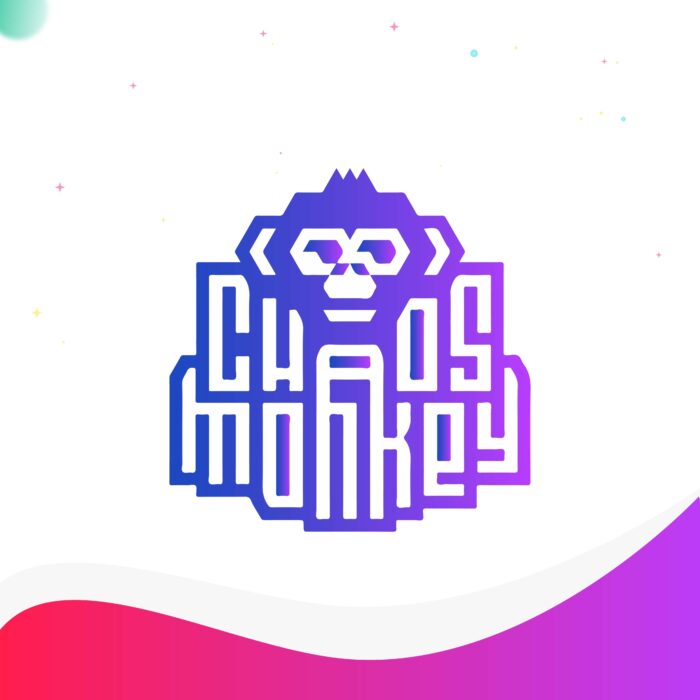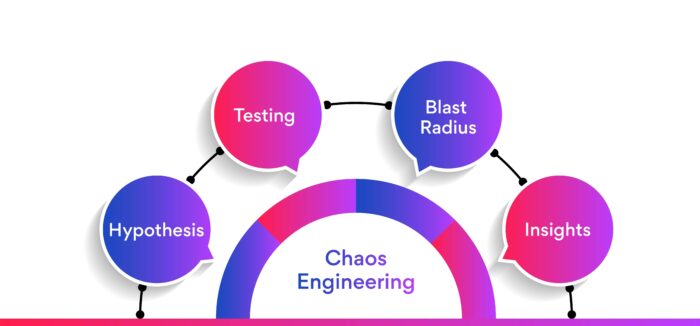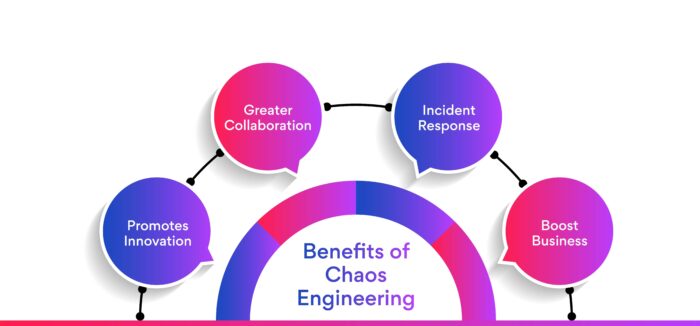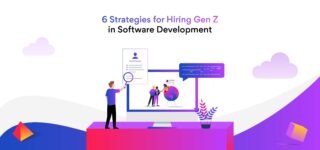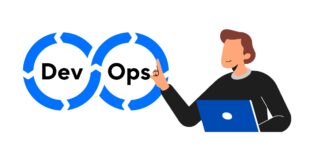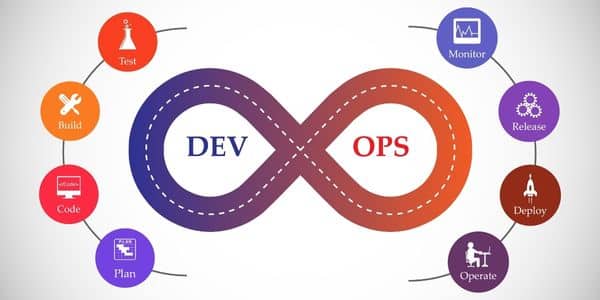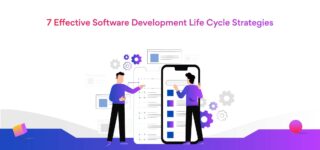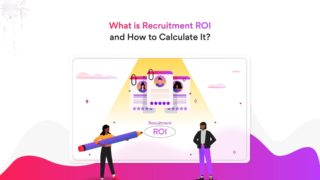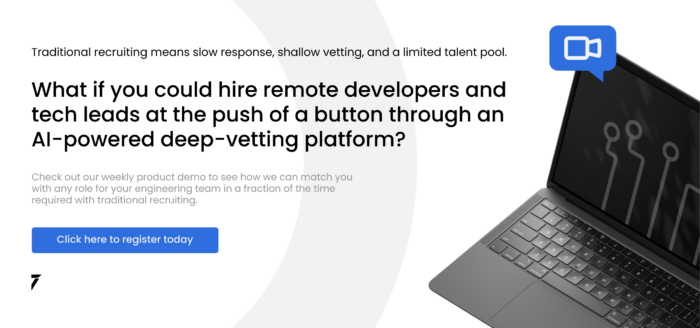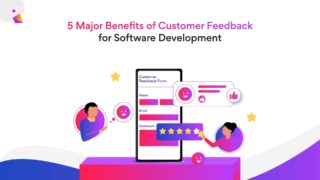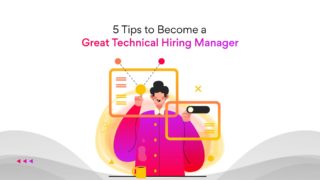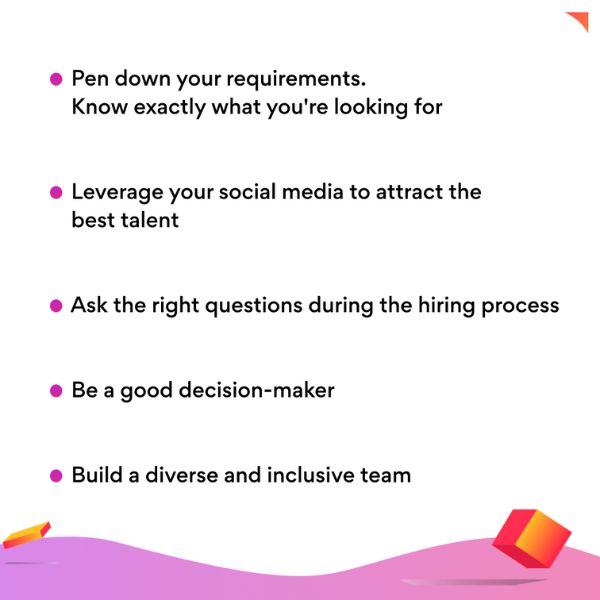
Technical Hiring Managers Ask These 15 Questions during Interviews
Are you nervous about an upcoming technical interview? If so, this post can make things a little easier for you. Here are 15 technical interview questions that hiring managers from different companies love asking their candidates.
Technical interview questions hiring managers ask
Could you tell us about a time you failed?
Starting with this question might come as a surprise for many. But, according to Megan Gray, team operations manager at Marxrent, this helps the interviewer analyze how the person overcame their past failures. He says: “Employees who hide behind failures waste time and cause confusion.” A true professional will admit to their mistakes, and more importantly, learn from them and move ahead.
-
Technical hiring manager interview questions: How does the Internet work?
“While this may sound like a straightforward question in a technical interview, the answer can tell you a lot about the candidate,” says Robert Gibbons, the CTO of Datto. For example, some candidates may choose to explain it as: “It’s like a post office. You send a letter and get a response back. Others will start with intrinsic details, like defining IP addresses, DNS servers, and so on. And thus, the answer gives the interviewer an insight into the candidate’s areas of focus.“ -
What qualities do you want in your manager or leader?
According to Margaret Freel, a recruiter at Tech Smith, this unorthodox question helps interviewers understand what management or leadership style is ideal for a particular candidate. Such technical interview questions also help to identify if the candidate is self-aware and engaged in the job. Moreover, the interviewer can assess whether the company’s leadership aligns with the candidate’s expectations. After all, it’s the leadership that motivates employees to do their jobs effectively. An effective manager will always be keen to know more about the potential candidate. -
Technical interview questions: What are the recent exciting challenges you’ve overcome?
Tim Julien, VP of Engineering at Bonobos, says that this question can help calm down an otherwise nervous candidate. As the interviewer asks about the candidate’s problem, the latter controls what they say and reveal, making them more comfortable. Julien adds that the interviewer should dig deeper and learn more about the challenge faced by the candidate and not just the gist of it. -
Questions to ask during recruitment: How would your last coworkers describe you?
A question like this one forces the candidates to analyze themselves according to how their coworkers view them. Michael Boufford, VP of Engineering at Greenhouse, says that the answers vary from dependable to opinionated. This way, the technical hiring manager delves deeper into why the candidate’s coworkers thought so about them. In addition, knowing about the candidate from a different perspective can help the interviewer analyze the latter’s compatibility with the peers. -
Technical interview questions: Why do you get up every morning?
This question gives insight into how the candidate’s passion aligns with their career goals. According to Miguel Quiroga, Head of Digital at Verizon Fios, startups have rapidly growing teams. And thus, this question explains whether the candidate will be a good fit for the fast-paced work culture. -
Technical hiring manager interview questions: What, according to you, makes an ideal coworker?
This question helps Nate Smith, co-founder, and CTO of Lever, analyze what the candidate thinks about the people they want to work with and whether they can differentiate between the strengths different coworkers bring to the team. A great candidate will answer this question with many details, while a good candidate will only offer skimmed information. Therefore, the interviewer can analyze if the candidate will be an exceptional or challenging coworker. -
Technical interview questions: What is the first thing you do if you are not able to solve a problem?
Annette Stone, Senior Manager of Recruiting at Wayfair Engineering, says that this helps analyze whether the candidates can manage a problem by themselves. For example, will they try to search for the answer independently or directly bring it to their managers? This question aims to help the interviewer determine if the candidate is good at solving problems. -
What is your dream job?
If a candidate is not excited to talk about their dream job, how can they be keen to work on the job they are interviewing for? This question has no correct answer; it’s more about how honest the candidate is while answering it. It tells you a lot about the candidate [than their resume], says Sara Hetyonk, Talent Acquisition Manager at Ontraport. It also reveals the candidate’s long-term plans and goals. -
Have you been working on a side project?
Brain Pugh, VP of Engineering at Lucid Software, states that if a candidate is working on a side project, it is a good indicator of their passion for coding. And as the code is often public, the interviewer can check the quality of the code written by the candidate. -
Technical interview questions: When you start a new project, what is your process for doing it successfully?
Matt Doucette, Director of Global Talent Acquisition at Monster, has six P’s that he looks for in a candidate through this question, Purpose, Plan, Process, Persistence, Persuasive communication, and Pride. He wants to know why the candidate chose what they do, how they plan to do it and involve others, how they will deal with success and failure, etc. -
When did you start programming, and what was the first thing you built?
This question is not to check the candidate’s skill level but to gauge how excited they are to describe a significant moment in their career. Harj Taggar, co-founder and CEO of Triplebyte, says that he checks the candidate for fundamental communication skills through this question. He also adds that this question allows the candidate to shine in the best way possible. -
Have you gone through our website? What can be improved?
Kenn Peters, Director of People at Vettery, says that the above question is crucial as it shows how much the candidate is interested in the company. It also highlights whether the candidate can think about the product from a builder’s perspective and not just the user’s perspective. Frequently, candidates fail to look at the website. Failure to look at the company website should be a red flag for the interviewer. -
Technical interview questions: What has motivated you to take out time to talk to me?
Tech jobs are always in demand. Hence, top-tier tech professionals have the option of choosing their pick of employers. Thus, it is essential to know what the candidate is looking for in the organization. Emoke Starr, Head of HR at Prezi, says that asking the candidate about their motivation helps them match the company’s offering to the candidate’s needs. -
What have we missed about you that you want us to know?
Through this question, Courtney Graham, Senior Director of HR, ReadyTalk, tries to understand why candidates want the job and not just their qualifications. According to Graham, everyone—even the most technical people—should possess selling skills as they are critical in real life. So, candidates who are passionate about the job can always answer this question up to the interviewer’s expectations.
Related Post: Six Mistakes Hiring Managers Should Avoid
Engineering manager interview questions: How to successfully answer these technical interview questions?
The above technical interview questions will test your soft skills such as communication, confidence, and ability to work under pressure. That way, engineering managers will be able to analyze how well you can fit into their team. It is common for candidates to feel nervous during these interviews.
Remember, technical interview questions for hiring managers related to previous projects, experience with previous management, motivation, ideal coworkers, dream jobs, career challenges, etc., analyze your personality and abilities.
The best way to easily course through such technical interviews is to communicate properly with the engineering manager or the hiring manager. If you’re not sure about the question or the answer, don’t hesitate to ask for an explanation. A hiring manager will surely be interested in you if you show a similar interest in the job you’re applying for.
Last but not least, in a technical interview, you should also ask a few questions about the role you’re applying for, the team you’ll be working with, and the organizational goals. This step will help you decide on the job offer. Moreover, this will also show the technical hiring manager that you’re interested in the role.
But what about the employer and company-related questions to ask during recruitment? Keep reading to find out!
How can hiring managers use the OCEAN personality test in an interview?
The OCEAN personality test is an acronym for Openness, Conscientiousness, Extroversion, Agreeableness, and Neuroticism. The OCEAN test can help hiring managers analyze crucial insights about the candidates before hiring them. Such insights can be crucial in decision-making to hire the right candidate.
Let’s take a look at the questions candidates can ask a hiring manager during interviews.
Interview questions to ask a hiring manager
The hiring managers will ask you different technical and analytical questions to analyze you for the role they’re hiring. Similarly, you’ll also have different offers from different companies. So, here’s a list of interview questions to ask hiring manager in order to know more about the company:
- What will my day-to-day responsibilities look like in this role?
- What projects can I expect to come my way?
- What is the company’s roadmap for the coming months, or maybe years?
- Can you help me to explore your company’s work culture?
- If the company is working remotely, what are the ways that managers use to boost the productivity of their remote workers?
How can you ask hiring managers about layoffs and the financial situation of the company?
It’s understandable if you have concerns about the financial stability of the company and the possibility of layoffs. Raising such sensitive topics during an interview can be tough, so it’s important to approach them with tact and professionalism. Here are a few ways to approach the subject:
- Ask about the company’s performance: Bring up the company’s recent performance and ask about the challenges it has faced. This can provide insight into the company’s current financial situation and may open up a discussion about layoffs.
- Ask about the company’s plans for the future: Ask about the company’s plans for growth and expansion, and how the position you’re interviewing for fits into those plans. This will tell about the company’s stability and potential for layoffs in the future.
- Ask about the company’s track record with layoffs: If the company has a history of layoffs, it’s important to understand the circumstances under which they happened and how they handled the situation. Ask about the measures taken to protect the remaining employees and the members who were impacted.
It’s important to remember that the hiring manager may not be able to provide specific details about the company’s financial situation or layoffs. Still, they should be able to give you a broader perspective on the company’s current performance and position in the market.
When asking these questions, make sure to use a neutral tone and explain why you’re asking them. After all, you’re just trying to understand the company better and make an informed decision about your future.
Summary
The above technical interview questions for hiring managers help them analyze candidates on a level deeper than their technical skills. Preparing for these technical manager interview questions can help boost your confidence and avoid uncertainty before the interview. Remember, these technical interview questions analyze your life skills and ability to adapt to the work environment, so, it’s always a good idea, to be honest with your answers. Also, interview questions to ask hiring manager can help you know more about the company and the role you’re applying for.
Are you an engineering leader or hiring manager looking to hire skilled, pre-vetted developers? If yes, try Turing. Turing can help you spin up your engineering dream team in just 3-5 days. Head over to the Hire Developers page to know more!
FAQs
- What does an interview with hiring manager mean? Is hiring manager interview technical?
In an interview with hiring manager, you’ll be asked about your skills, past experience, qualifications, your ability to fit in a team, and how well you can work under pressure. You can expect hiring managers to ask you technical questions to analyze your technical skills. - How many interviews does a hiring manager do?
A hiring manager can conduct one to three interviews per candidate depending upon the level of position that the company is hiring for. - Does hiring manager ask technical questions?
Yes, hiring managers will definitely ask you technical questions as well as analytical questions to analyze your skills as well as your ability to fit in the company’s culture. -
What kind of questions do technical recruiters ask?
Technical hiring managers will be asking questions to assess your technical, soft, and hard skills. These may include:- How do you approach problem-solving and debugging in your work?
- Can you walk me through a project you worked on from start to finish, including any challenges you faced and how you overcame them?
- How do you stay current with new technologies and trends in your field?
- Can you provide an example of a successful project you led and how you ensured its success?
- What experience do you have with the specific technology or programming languages mentioned in your resume?
-
What are examples of technical questions?
As a technical hiring manager, you can ask various technical questions to judge the technical skills of the candidate. Here are some examples:
-
What is the difference between HTTP and HTTPS?
-
Can you explain the concept of cloud computing and its benefits?
Can you describe the process of debugging a complex technical issue and the tools you would use? -
How would you approach scaling a web application to handle increased traffic and demand?
-
Can you explain the concept of DevOps and its role in software development and deployment?
You can also ask questions to assess the soft skills of the candidate. Here are some examples: -
Can you describe a time when you had to work collaboratively on a project? What was your role, and how did you contribute to the team’s success?
-
Can you provide an example of a time when you had to work under pressure or meet a tight deadline? How did you manage the situation?
-
How do you ensure that you continue to learn and develop your skills in your field?
-
Can you describe a time when you received constructive feedback? How did you respond to the feedback and what did you learn from the experience?
-
-
What are technical interview skills?
A candidate must possess some skills in order to ace a technical interview. These skills include technical knowledge, effective communication, problem-solving capabilities, time management, continuous improvement and learning, and attention to detail. -
How do you clear a technical interview?
Having technical knowledge, problem-solving skills, and soft skills can help you clear a technical interview. To clear a technical interview, you need to be well-prepared, knowledgeable, and confident. Practice your technical skills, problem-solving abilities, and soft skills, and be ready to demonstrate your expertise to the interviewer.
Tell us the skills you need and we'll find the best developer for you in days, not weeks.




